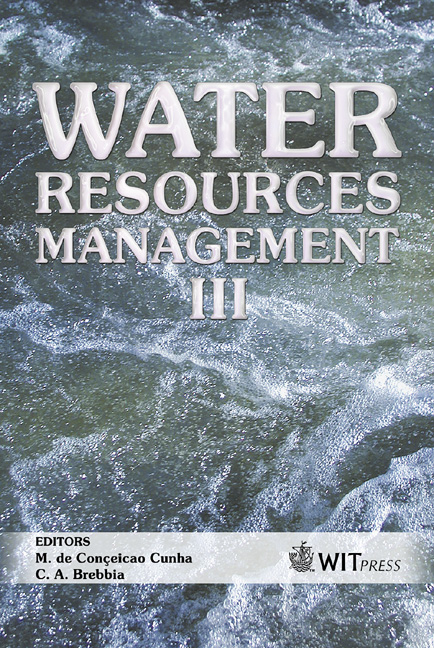Comparative Study Of Methodologies To Determine Inlet Efficiency From Test Data: HEC-12 Methodology Vs UPC Method
Price
Free (open access)
Transaction
Volume
80
Pages
10
Published
2005
Size
466 kb
Paper DOI
10.2495/WRM050621
Copyright
WIT Press
Author(s)
M. Gómez & B. Russo
Abstract
The hydraulic capacity of a storm drainage inlet depends upon its geometry as well as the characteristics of the gutter flow. Inlet capacity governs both the rate of water removal from the gutter and the amount of water that can enter into the storm drainage system. Inadequate inlet capacity or poor inlet location may cause flooding on the roadway resulting in a hazard to pedestrians. Actually, the most important reference that allows the estimation of inlet hydraulic capacities is the known HEC-12 procedure, but it was elaborated for some different types of grate and its use is limited to these. In recent years the Department of Hydraulic, Maritime and Environmental Engineering (DEHMA) of the Technical University of Catalonia (UPC) has carried out a new methodology that is always usable for every type of grate and every type of street geometry that could be applied to inlets not previously tested but similar to those used in the experimental campaign A comparative study between these methodologies was carried out and this demonstrated the similarity of the results in terms of captured flow according to the roadway flow. In particular, the hydraulic efficiency of a specific grate (P- 50*100) was studied according to the two methodologies and the results showed that for the same roadway flow the two functions are similar up to 120 l/s approximately and then the UPC methodology gives smaller values of efficiency. Keywords: inlet interception capacity, gutter flow.
Keywords
inlet interception capacity, gutter flow.





